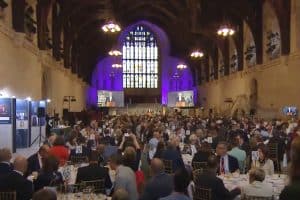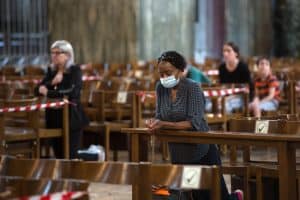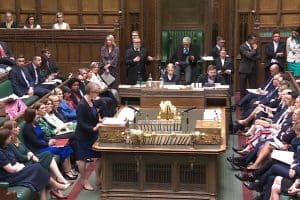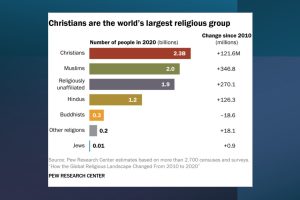Analysis by Andrew Brown
The last week has seen hostile articles about the Church of England’s problems in The Spectator, The Sunday Times, The Times, and The Daily Telegraph (the Mail, characteristically, got its retaliation in early, on Boxing Day).
All have concentrated on the church’s financial difficulties and almost all of them have driven the line that these are a result of bloated middle management in the dioceses. Most have added a dollop of personal invective against the archbishops: a Sunday Times columnist described Justin Welby as “a man of such sodden vapidity that I feel an urge to wring him out and hang him up to dry every time I see him”.
This is all reminiscent of the 1980s, when the Tory press turned with great savagery against Archbishop Robert Runcie, who was caricatured as an ineffective coward, even though he had won the Military Cross for bravery as a tank commander in an elite regiment in the Second World War.
Another common factor is that the Archbishop of York, in those days John Habgood, now Stephen Cottrell, was cast as the sinister mastermind behind the floppy puppet of Canterbury.
The church, then, too was attacked for being “trendy” — the word today is “woke” — and ignoring the solid, decent people of England who form its backbone, though this is an unusual sort of backbone that is never seen inside the body to which it claims to belong.
But there are important differences. For one thing, the church mattered much more back then. It was widely understood to be a public determined opposition to some aspects of Margaret Thatcher’s programme. Then it campaigned against poverty and the need for food banks; now it boasts of its usefulness to the state in administering them.
But today’s attacks still rely on the stereotypes first cast 40 years ago. All of these latest hostile reports treat the church as if it were a single national organisation, where someone at the top could make, and enforce, decisions. If you make that assumption, then there is a story.
The church is certainly losing money as a result of the pandemic, though less than was feared at first. It is certainly shrinking in numbers. It certainly has a burden of old, expensive church buildings in places where no one has a use for them. So, it seems to follow that there must be some man, or some plan, who is to blame for all this.
But there is not. Everyone inside the church understands that no one can properly be said to run it. There is no mechanism that could put into operation a coherent national strategy, whether good or bad, at the speed at which change is needed. Even when the general synod decided to ordain women, there were another 20 years of stubborn and successful resistance to promoting any of them as bishops and for the most part the synod acts as a mechanism for avoiding decisions rather than making them.
Some of the changes that Covid-19 is forcing upon the church have already been discussed for 30 years or more. They do now look inevitable. But they will be resisted to the end and the problem for the church is not that the stories in the newspapers now are true, but that they will be believed, and so become a self-fulfilling prophecy of decline and of money withheld.
















